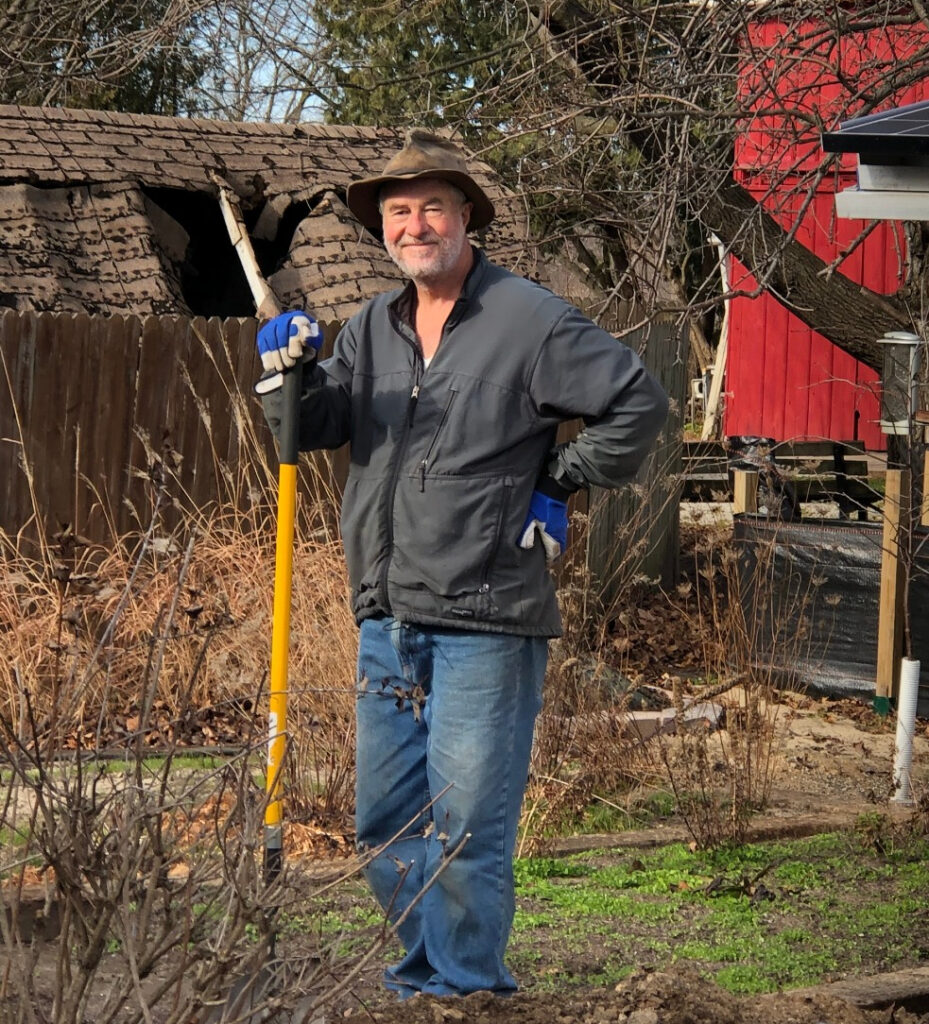By Dan Russler
On March 23, 2022, the Supreme Court of the United States (SCOTUS) published an unsigned reversal of the Wisconsin Supreme Court’s redistricting decisions published in February:
“The judgment of the Supreme Court of Wisconsin is reversed as to the selection of the Governor’s State Assembly and Senate maps, and the case is remanded for further proceedings not inconsistent with this opinion. On remand, the court (sic) is free to take additional evidence if it prefers to reconsider the Governor’s maps rather than choose from among the other submissions.”
In dissent, Justice Sotomayor (joined by Justice Kagan) wrote:
“The Court’s action today is unprecedented. In an emergency posture, the Court summarily overturns a Wisconsin Supreme Court decision…for its failure to comply with an obligation that, under existing precedent, is hazy at best.”
Many observers have noted that this majority opinion by SCOTUS was unsigned by any specific court justice, a very unusual breach of normal court procedure. Sometimes criticized as “an abuse of the Shadow Docket” when this occurs in important cases, the reader of this majority opinion can sense a reluctance in these justices to individually accept accountability for their decisions. Of course, this reversal of the Wisconsin Supreme Court at this late date adds to risks all Wisconsin voters face in the upcoming election.
As a result of this order, the Supreme Court of Wisconsin is free to proceed in any direction it wishes regarding the Assembly and Senate maps, as long as this direction is “…not inconsistent with this opinion.” However, this order does not apply to the new Wisconsin Congressional Map, which can still be used to support the 2022 elections next fall.
The direct outcome of this reversal by the Supreme Court of the U.S. is that no one in Wisconsin is currently able to discern, with 100% certainty, in which 2022 legislative voting district one currently resides. This includes all voters and all candidates for either the Wisconsin State Assembly or State Senate.
Which of many directions possible will the Wisconsin Supreme Court decide to take? And how long will it take the Wisconsin Supreme Court to consider all the options, select some path for the future, and then review all the information needed to make the many decisions it now faces?
Meanwhile, what do all the political organizations do now? How much time will Wisconsin voters have to consider candidates? How do election clerks plan and print? In short, Wisconsin needs to dig itself out of another, last-minute hole on its way to the 2022 Fall Elections. And all voters, political organizations and election clerks will have less time to prepare for State Assembly and Senate elections.
In order to make some sense of this task, here are some potential directions for the Wisconsin Supreme Court. SCOTUS mentioned two of many options in the reversal order. The Wisconsin Supreme Court could:
● Collect “additional evidence.” Presumably SCOTUS meant more Voting Rights Act (VRA) evidence from the Milwaukee area. The Wisconsin Supreme Court received much VRA evidence that was not included in the Court opinion considered by SCOTUS. One recalls the oral arguments in January, in which puzzled Wisconsin justices engaged in a time-consuming interrogation of the plaintiffs about how to evaluate VRA evidence. They seemed less concerned with the actual evidence. With outside help, the Wisconsin Supreme Court may be able to organize additional existing evidence already submitted to the Court into a more complete majority opinion. But time is short, and the path forward once an expanded opinion is published is still unclear.
● Choose a set of maps submitted by one of the other Petitioners to the Court. Of course, any other set of maps with fewer minority districts that is selected by the Wisconsin Supreme Court, could reactivate or create another Voting Rights challenge.
Another option could be considered. If selecting another set of submitted maps were too politically unpopular, the Wisconsin Supreme Court could always order the State of Wisconsin voting district mappers to simply alter voting districts only in the Milwaukee area under the direction of the Court, but again, these might also have to survive a VRA challenge. On the other hand, by focusing only on the Milwaukee area, the rest of the State could proceed normally towards the fall elections.
In summary, none of these solutions, nor any other solutions, will protect Wisconsin from further legal challenges in 2023. In addition, a solution that takes longer than three weeks from now, will create a major impact on the ability of Wisconsin citizens to vote responsibly, without time for careful consideration of the candidates. Worse yet, in three weeks from now, strict deadlines for regulated submissions by candidates to election officials will pass by, and mistakes in emergency planning and execution could threaten the credibility of our elections. Then, voters will need to remove parties complicit in developing this threat, by voting against them at the ballot box.
Dan Russler is a member of two ad hoc analytical groups: Fair Maps of Jefferson County and the Wisconsin Map Assessment Project (WIMAP), and he is one of 36 “Concerned Voters of Wisconsin,” a citizens’ group which submitted in January an amicus brief, also known as a “friends of the court” document, asking the Wisconsin Supreme Court to reject the Wisconsin Legislature’s proposed Assembly map. Russler is a resident of Jefferson County. An explanation of the role played in the redistricting process by WIMAP is here: https://www.wispolitics.com/2021/wimap-comments-on-the-wi-legislatures-maps/.

Dan Russler
This post has already been read 1679 times!
